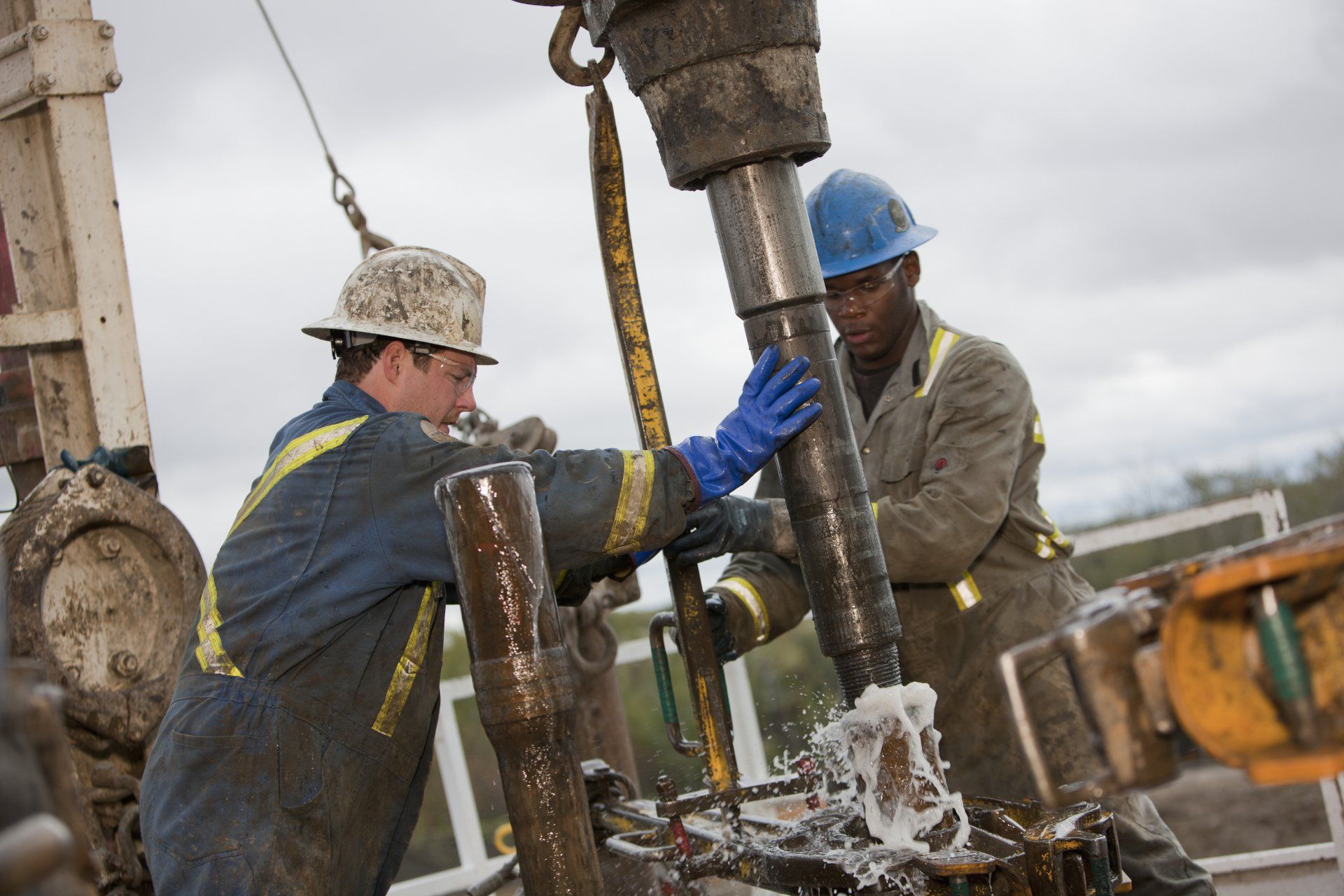Knowledge is Wealth
Rock River Minerals | February 15, 2020
Data-Driven Divestment by the Numbers
Two Key Benefits of Mineral Asset Divestment
1. Divest to Diversify
Conventional wisdom said “hold on to your mineral assets, never sell.” Conventional wisdom also said shale was unviable for cost effective production. But insight and expertise have disproven both. Knowing when to partially or totally divest your mineral rights and royalties can help give you the financial freedom you need to diversify your portfolio and secure your nest egg.
Divesting your mineral assets allows you to reinvest earnings however you choose. Safe and long-term or short term with higher upside, you and your financial advisor can choose the best strategies to meet your unique financial goals.
We know because we have helped mineral and royalty owners for nearly two decades. We have closed over half a billion dollars in transactions and we have started every single one with a fair and honest evaluation.
Knowing when to divest can help you diversify your portfolio and reach your financial goals. Knowing who to divest with can be just as valuable.
2. Divest to Mitigate Risk
Divestment is personal. The decision to divest your minerals and royalties should be weighed with careful consideration and discussion with a financial adviser.
It should be based on a number of factors including financial goals, lifestyle choices, tax implications, estate planning and major life events. It should also help limit and mitigate risk to your portfolio so your future remains secure.
Historically, valuations have been based on proved, developed, and producing minerals (PDP), but today’s valuations take future drilling and completion minerals into consideration. Additionally, knowing the value of your minerals and current tax environment can help you make the best choice for your assets.
You alone are accountable for your assets and your portfolio management. Mitigating your risk can help you achieve your financial goals and protect your nest egg from future market factors beyond your control.
Mineral Divestment Q&A
Divesting mineral and royalty interests can help you realize future value now and the first step is asking the right questions.
To get more information or request an evaluation of your mineral and royalty interests, complete our valuation form
or call us at (432) 262-1478.

The Permian Basin in West Texas and New Mexico has rapidly become the largest source of new oil reserves in the United States. Drilling activity in the region is dominated by hydraulic fracturing, or frac’ing, which enables operators to access previously unreachable hydrocarbon resources located in tight shale rock formations. The tremendous upsurge in oil and gas drilling in the Permian has created challenges for operators in the region due to the difficulties they can face acquiring sufficient supplies of water for drilling and in managing the “produced water” generated by the drilling process. Frac’ing involves injecting large amounts of water, along with proppants such as sand and some chemical additives, into shale rock formations, opening up fractures to release the trapped oil and gas found there. A single frac’d well, on average, can use from 500,000 to 700,000 barrels of water – equal to more than 21 million gallons. As production continues to expand in the Basin, operators tend to use larger drilling pads to serve multiple wells, as well as extend lateral lengths to improve well yields. These tactics increase the demand for supplying, transferring, storing, and maintaining water at the location of each pad.

Hydraulic fracturing, commonly called frac’ing, is a completion technique in oil and gas operations that uses a high-pressure mixture of water, sand and chemical additives to unlock hydrocarbon resources such as oil and gas. The frac’ing process is mainly used in shale formations, where tight underground rock structures make traditional methods of producing oil and gas uneconomic. Frac’ing can be defined as a well stimulation process designed to maximize underground resource extraction. The process typically includes drilling a particular formation, casing the formation, completion or stimulating the well using water from the surface, producing the well, and disposing of waste from its operation. It is commonly used in conjunction with horizontal drilling to reach energy deposits that could not be accessed via traditional vertical drilling methods.
